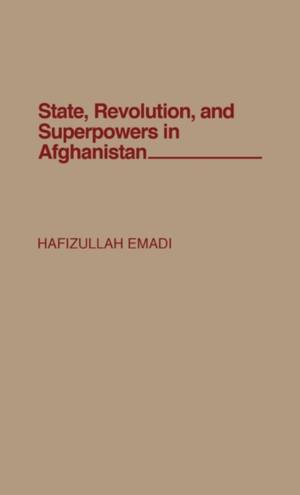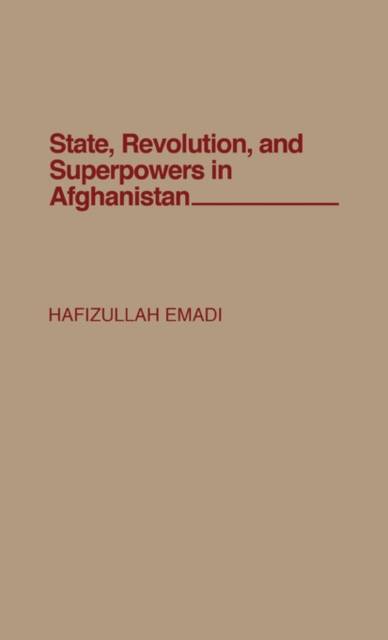
- Retrait gratuit dans votre magasin Club
- 7.000.000 titres dans notre catalogue
- Payer en toute sécurité
- Toujours un magasin près de chez vous
- Retrait gratuit dans votre magasin Club
- 7.000.0000 titres dans notre catalogue
- Payer en toute sécurité
- Toujours un magasin près de chez vous
Description
This volume studies the process of nation-state building, its role in modernization and developments in Afghanistan following World War II to the period of Soviet occupation of the country in December 1979, and the struggle of various social strata for social transformation in the country. The book further explores the policies of the two superpowers--the United States and the Soviet Union--and their economic assistance in Afghanistan's modernization projects following World War II. The book offers insight into this superpower struggle, examining how each superpower tried to win Afghanistan to its side by supporting a particular social strata within the state apparatus. Finally, it analyzes how one of the contending superpowers--the Soviet Union, having failed to establish its influence in Afghanistan--decided to intervene in the country's affairs in December 1979.
The book also examines the emergence and development of the Islamic movement and the Jihad struggle waged against the regime and the Soviet forces in Afghanistan. It explores the basis of U.S. policy in aiding and abetting the Pakistan-based Islamic parties and the future of U.S.-Soviet struggle in Afghanistan. Much of the book is based on Afghanistan's primary sources as well as U.S. secret documents seized by the Iranian students during the U.S. hostage crisis in Iran. The book links a survey of the literature to interviews with prominent policymakers who were active in Afghanistan's development strategies. The book should appeal to scholars and researchers on the Middle East and South Asia, as well as to lay persons interested in a new perspective and interpretation of Afghanistan politics.Spécifications
Parties prenantes
- Auteur(s) :
- Editeur:
Contenu
- Nombre de pages :
- 173
- Langue:
- Anglais
Caractéristiques
- EAN:
- 9780275934606
- Date de parution :
- 28-02-90
- Format:
- Livre relié
- Format numérique:
- Genaaid
- Dimensions :
- 140 mm x 216 mm
- Poids :
- 371 g

Les avis
Nous publions uniquement les avis qui respectent les conditions requises. Consultez nos conditions pour les avis.






